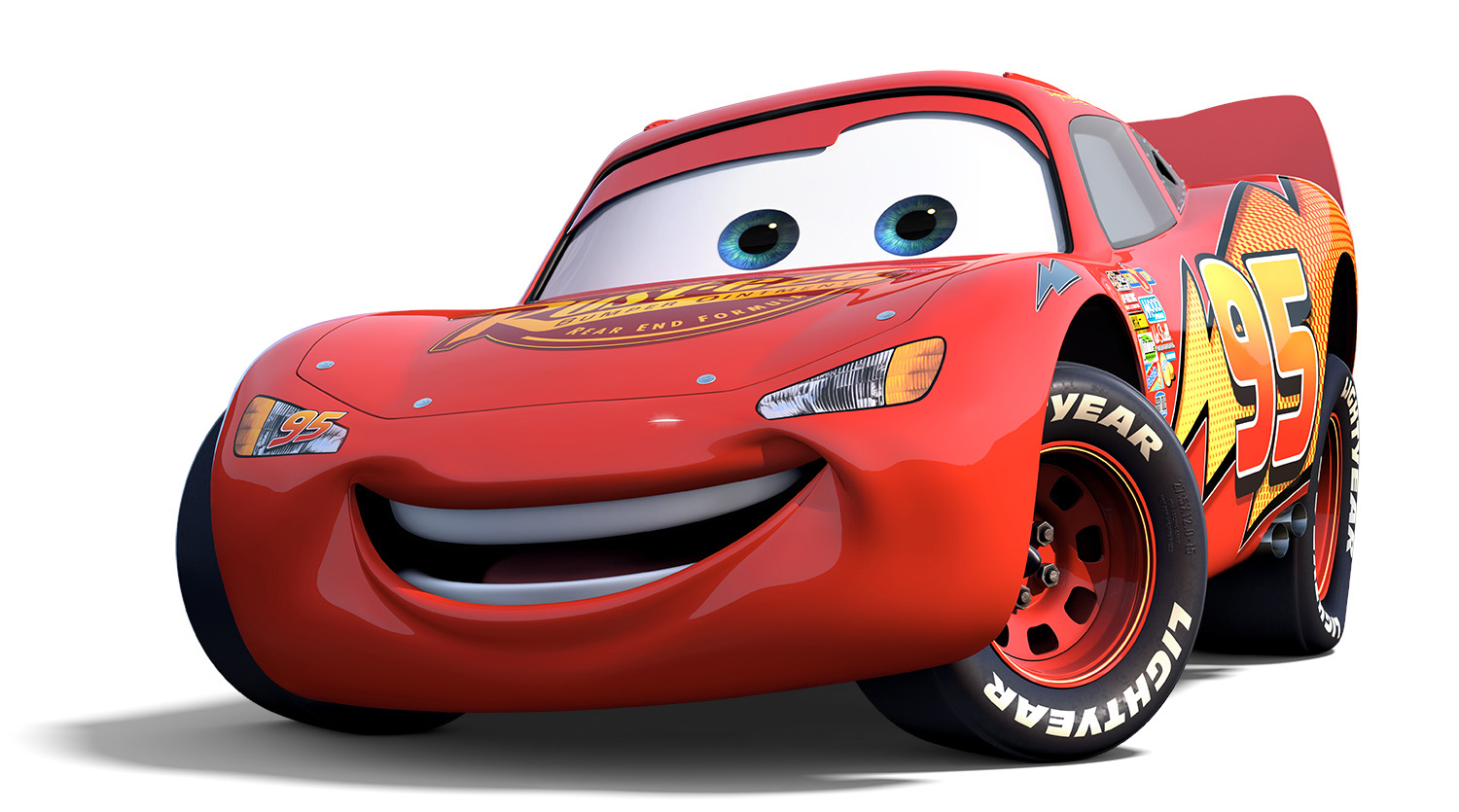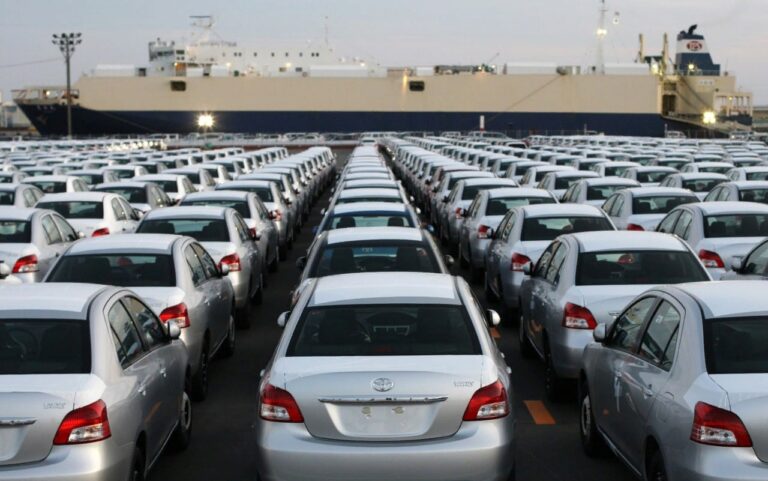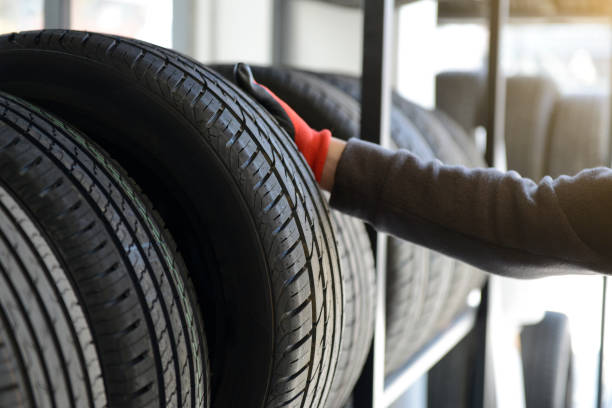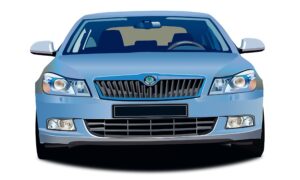
Introduction:
The automobile, a symbol of freedom and innovation, has come a long way since its inception over a century ago. From the early days of horseless carriages to today’s smart vehicles, cars have evolved in countless ways, shaping not only how we travel but also our society, economy, and environment. In this article, we’ll take a journey through time to explore the fascinating evolution of the modern car, from its humble beginnings to the cutting-edge technologies that define it today.

Bullet Point 1: The Birth of the Automobile
- The first self-propelled vehicle, the “Benz Patent-Motorwagen,” was created by Karl Benz in 1885.
- This three-wheeled vehicle with an internal combustion engine marked the birth of the modern car.
- Early cars were a luxury for the elite, given their high cost and limited availability.

Bullet Point 2: Mass Production and the Model T
- Henry Ford revolutionized the automotive industry with the introduction of the assembly line.
- In 1908, Ford released the iconic Model T, an affordable and reliable car that became the “car for the masses.”
- Mass production made cars accessible to a broader audience and transformed society by enabling greater mobility.
Bullet Point 3: Technological Advancements
- The mid-20th century saw innovations like automatic transmissions, power steering, and air conditioning.
- The development of radial tires, seat belts, and crumple zones significantly improved safety.
- Fuel injection systems, catalytic converters, and computer-controlled engines made cars more efficient and eco-friendly.
Bullet Point 4: The Rise of Electric and Hybrid Cars
- With growing environmental concerns, electric cars gained traction in the late 20th century.
- The Toyota Prius, introduced in 1997, was one of the first hybrid vehicles, combining a gasoline engine with an electric motor.
- Tesla’s electric cars have redefined the industry with their long-range capabilities and advanced autonomous features.
Bullet Point 5: The Smart Car Revolution
- In the 21st century, smart technologies have transformed cars into connected devices.
- Features like adaptive cruise control, self-parking, and voice-activated systems enhance convenience and safety.
- Fully autonomous vehicles, driven by AI, are on the horizon, promising to revolutionize transportation.
The Future of the Automobile: Self-Driving Cars and Beyond
As we look ahead, the automobile industry is poised for even more significant changes. Self-driving cars, which use advanced sensors, cameras, and artificial intelligence, have the potential to revolutionize transportation. These vehicles promise enhanced safety, reduced traffic congestion, and increased mobility for people who cannot drive. In addition to self-driving technology, electric vehicles are becoming more mainstream, offering a greener alternative to traditional gasoline-powered cars.
These innovations represent a new era in the automotive world, where cars are more than just modes of transportation—they are becoming an integral part of a connected, automated, and sustainable future. With these advancements, we can look forward to safer roads, cleaner air, and more efficient travel.
Conclusion:
The evolution of the modern car is a testament to human ingenuity, adaptability, and the pursuit of a better future. From the first motorized vehicle to the smart cars of today and the self-driving vehicles of tomorrow, the automobile has transformed not only the way we move but also how we live. The journey from horseless carriages to the cars of the future is a remarkable one, illustrating how innovation can shape our world and improve our lives. As we continue to embrace these changes, we can look forward to a brighter, more connected, and sustainable future on the road.
















